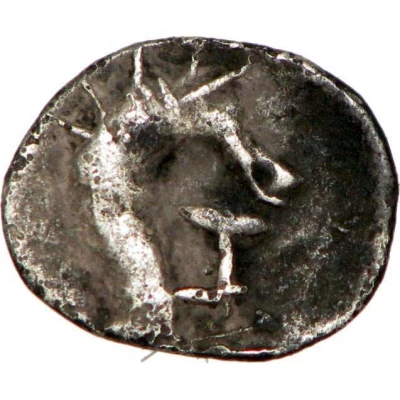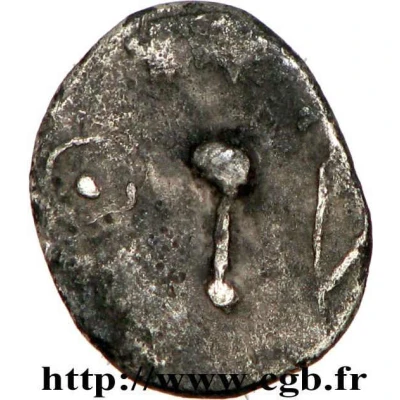


© CGB
Obole à l'hippocampe de Ruscino 200 BC - 100 BC
| Silver | 0.34 g | 9.5 mm |
| Issuer | Sordones (Gallia Narbonensis) |
|---|---|
| Type | Standard circulation coin |
| Years | 200 BC - 100 BC |
| Value | 1 Obol |
| Composition | Silver |
| Weight | 0.34 g |
| Diameter | 9.5 mm |
| Shape | Round (irregular) |
| Technique | Hammered |
| Orientation | Variable alignment ↺ |
| Demonetized | Yes |
| Updated | 2024-10-09 |
| Numista | N#384551 |
|---|---|
| Rarity index | 100% |
Reverse
Anepigraph, a pointed ringlet and a segment with globules.
Interesting fact
The Obole à l'hippocampe de Ruscino was used as a form of currency in the ancient region of Gallia Narbonensis, which is now modern-day France. The coin features an image of a horse on one side and an image of a hippocampus, a mythical creature that is half horse and half fish, on the other side. This coin was minted during the reign of the Roman Republic and was used for everyday transactions, such as buying goods and services. Despite its small size, the coin was made of silver, which was a valuable and durable material at the time. Today, the Obole à l'hippocampe de Ruscino is a rare and highly sought-after collector's item among numismatists and historians.